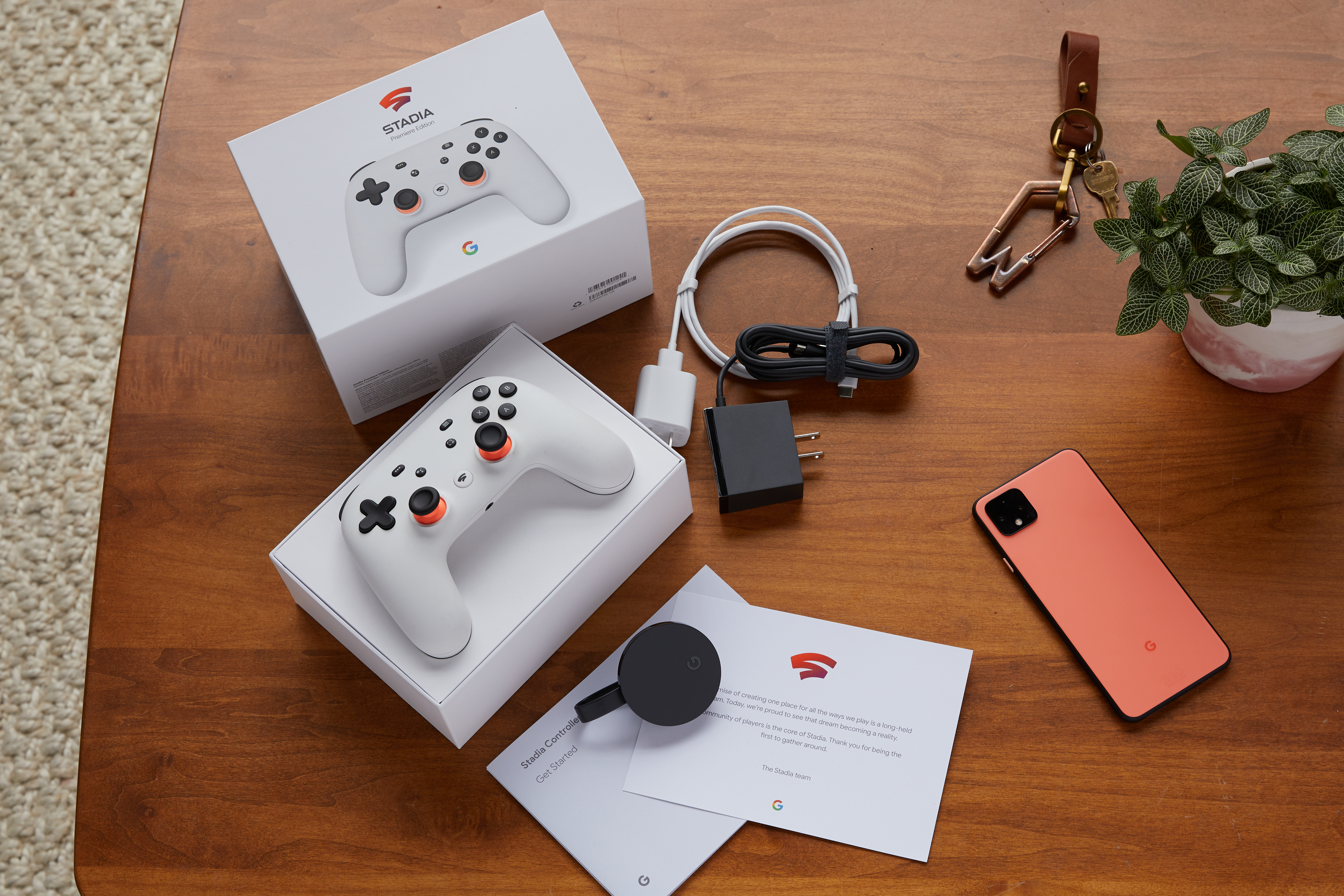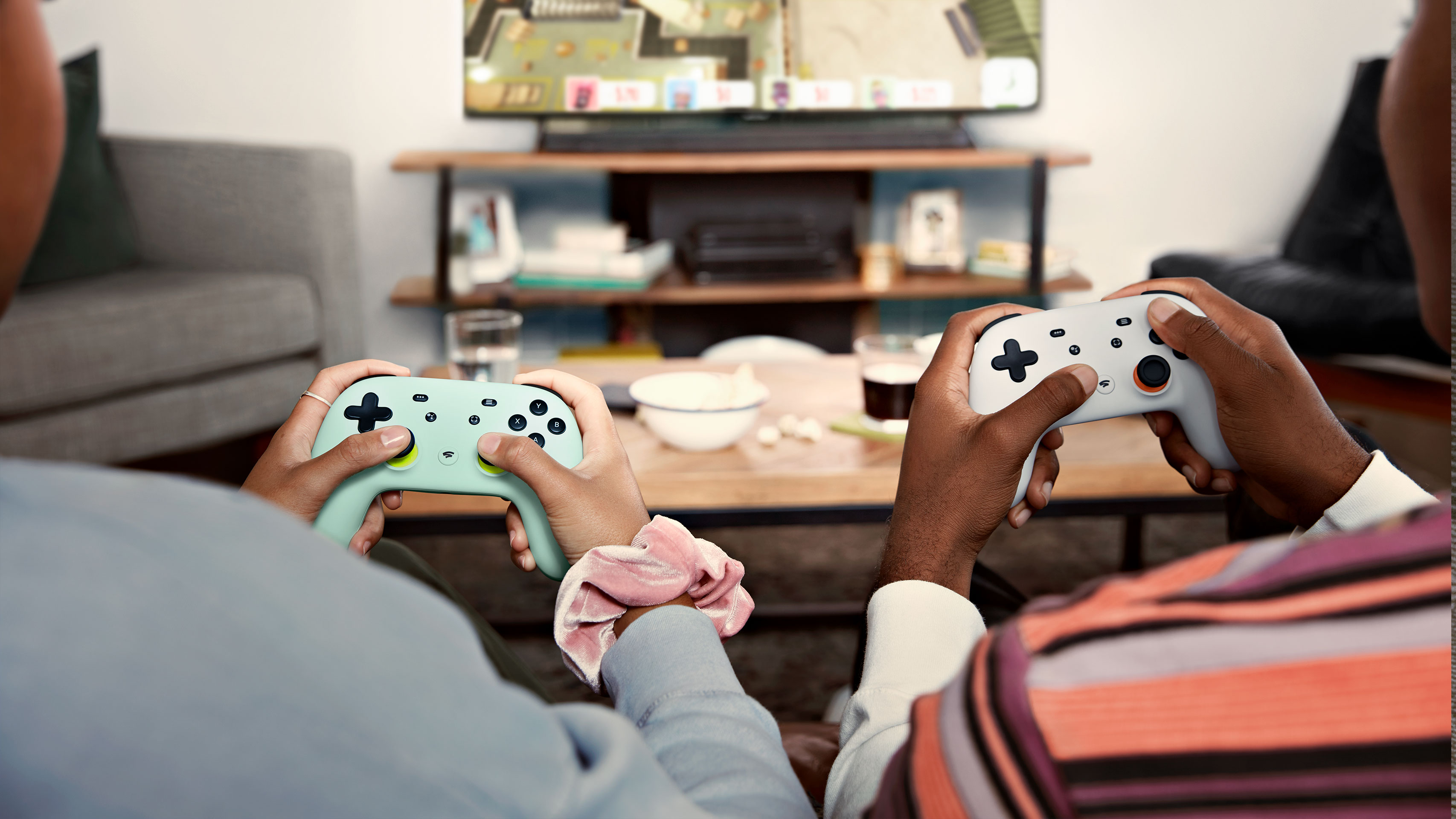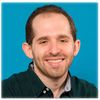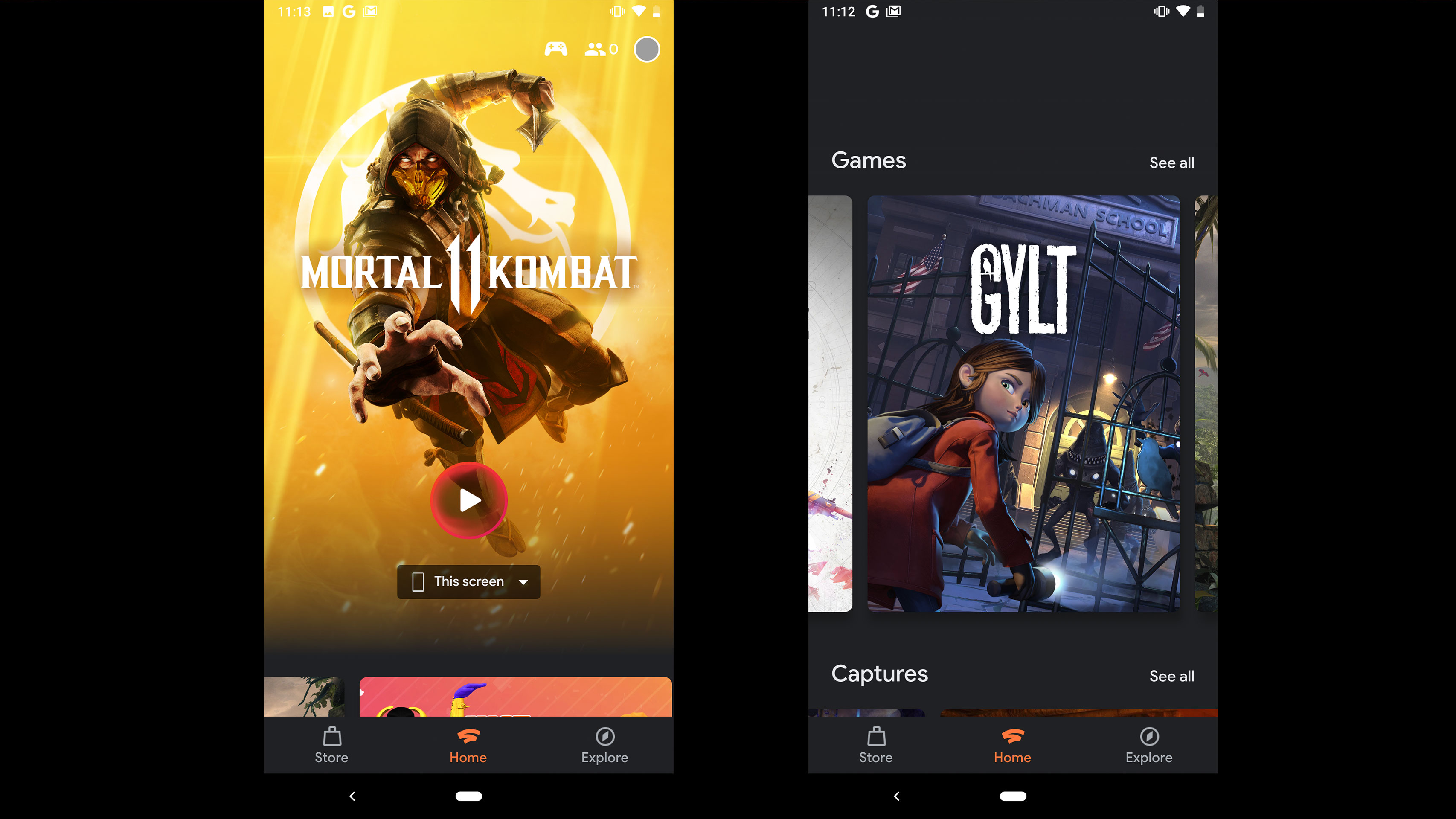Tom's Hardware Verdict
Google Stadia loads games instantly and has a great controller, but its library is lacking and features are missing, so you should wait.
Pros
- +
Game installation is almost instant
- +
Stadia controller is excellent
Cons
- -
Limited game library
- -
Not all features currently available
- -
Input lag noticeable in competitive games
- -
First time setup is difficult
Why you can trust Tom's Hardware
Google is betting on a future where your games are in the cloud. You don’t need a console, you don’t need a gaming PC. Where you have Wi-Fi, where you have data, you have your games on your devices. There’s no installation, there are no patches and your games are always at your fingertips.
But in practice, it’s not there yet. Google Stadia will evolve over months and years, but at the moment, it’s too barebones to recommend paying for. The library isn’t impressive, and a lot of promised features just aren’t there yet.
How it Works
The idea is that Stadia should be easy. In practice, it takes a bit of work to get there. Currently, you need two things to set up Stadia: a Stadia and a Chromecast streaming device. Both of these, as of this writing, come in the Google Stadia Founder’s Edition. (If you ordered just the controller, you’ll need to wait for a Chromecast update.)
You need to set up the Stadia with Chromecast first, but then you can take it anywhere, including your web browser on a laptop or desktop or on a mobile app on select Android phones (iOS is not yet supported).
Right now, the only subscription plan is the $9.99 Stadia Pro tier, which goes up to 4K resolution and a frame rate of 60 frames per second (this is, of course, based on your connection), occasional free games and discounts. A free model will come next year and will only go up to 1080p resolution with no free titles or cut prices.
The Stadia controller on its own is $69.99. There's also the Stadia Premiere Edition bundle for $129.99 that includes a controller, a Chromecast Ultra and three months of Stadia Pro.

Library and Features
Right before launch, Google bumped the number of games at launch to 22 titles. More games are planned for 2019 and into 2020. You have to pay for these games, so this isn’t a subscription service like Netflix or Disney+. And that’s on top of the $10 a month until the free tier comes out.
Get Tom's Hardware's best news and in-depth reviews, straight to your inbox.
I got to try a small smattering of them, including Destiny 2, Shadow of the Tomb Raider, Gylt (a Stadia exclusive), Mortal Kombat 11, Kine and Red Dead Redemption 2.
Some of the features originally announced, however, aren’t here yet. That includes achievements, State Share (to share in-game experiences via links) and Crowd Play for YouTube Streamers to play online with their audiences. While Stadia was announced as a platform for streaming and sharing, right now it’s just one for gaming.
Additionally, Stadia doesn’t have 4K, HDR or 5.1 surround sound on the Chrome browser at launch. These are only available via Chromecast currently. The Stadia controller is required for Chromecast and needs a wired connection to mobile phones. Other controllers, like an Xbox One controller, Sony’s DualShock 4 or even a keyboard and mouse, work on certain platforms, but they mix and match at the moment. Not every platform works with every controller.
There are some other minor issues. For instance, at launch, you can’t use Google Assistant and you can’t take screenshots with the Stadia controller in the Android app.
Performance
But the biggest question on everyone’s minds is how Stadia performs. What’s it like to play games coming from a data center rather than a PC or a console?
I played prior to consumer launch and found it to largely work quite well when I gamed with a Stadia controller on a Pixel 3a XL as well as on Chromecast. Performance was similar across both those and a Chrome browser on an old laptop.
For this review, I performed my testing in my small, New York City apartment, where I tend to get about 150 Mbps Internet speeds.
For games like Shadow of the Tomb Raider, Red Dead Redemption 2 and Gylt, third-person action adventure games like the ones I would play from a console on my couch, Stadia was sufficient. Generally, my connection was stable enough to play without issues. Once or twice the screen got scrambled over a weekend of play, but largely I felt as if I was playing on my PlayStation 4.
My only issues were on Destiny 2 and Mortal Kombat 11. These are the games that are played competitively and every second truly counts. And that’s where players may notice input lag. I had the chance to play Destiny 2 with others on a server, and while the connection was great and didn’t stutter once during my time in Gambit or the European Dead Zone, I occasionally noticed a small amount of time between moving my reticle and when it occurred. This is milliseconds, and I expect most players won’t notice.
In Mortal Kombat 11, the game did seem a few frames behind. It’s a fast-paced, fast-moving fighting title, where any time in between combos, blocks and attacks can be the difference between winning and defeat.
While my apartment is small, the bedroom is where Wi-Fi is the worst, and that’s where any input lag seemed to be most noticeable. For casual players, this type of performance will be acceptable. But for hardcore gamers, any input lag will be a considerable problem.
Game Installation: Instant
The Stadia controller is surprisingly comfortable. It’s rounded and curved and feels extremely natural in my hands. The buttons are clicky, and the triggers are smooth.
Google has opted for the PlayStation style of controller, with the two control sticks next to each other. I actually think the controller is far more comfortable than Sony’s DualShock 4. It also has Google’s playful look, and I honestly think this is the best piece of hardware Google has ever made.
Graphics Options: Limited
If you’re a PC gamer, you’re used to having total control of your graphics options. That’s something you have to give up with Stadia. While each game has its own settings, they are more like the console version of what you’re playing.
There are some options to change it, but they’re based on data, not graphics. You can go for best visual quality, aiming for 4K, which can go up to 20GB per hour. “Balanced” mode chooses the best connection for your Internet speed, and a “limited data usage” mode caps data at 4.5GB per hour at 720p.
But here’s the rub. As of right now, only Stadia Pro is available, which allows up to 4K streaming at 60 fps. That’s based largely, however, on your connection. You can’t tell Google that you’d prefer performance over graphics performance.
The Limits of Streaming
As I tested Stadia, I couldn’t help but think of limitations for game streaming. What about people in much of America and the world who don’t have high speed broadband, like I do? I know people still on DSL. I know people who haven’t updated their routers since 802.11n.
There’s also the question of data caps over broadband. If you have one, you should take heed before streaming games at 4K for a few hours.
These aren’t Google’s fault. These are infrastructure problems, and competitors, like Microsoft’s Project xCloud, will also face them. But as one of the first out of the gate with a product that consumers pay for (PlayStation Now has been here for a while, but Nvidia's GeForce Now is still in beta, as is Project xCloud), potential customers will also need to confront them.

Bottom Line
Don’t buy Google Stadia right now.
It’s a promising technology in many ways, including the way it eliminates barriers to gaming with the lack of installation times. But there’s a free tier coming, and if you’re not sure about your connection, it’s hard to swallow paying for the potential of 4K gaming. It’s also tough to justify paying $10 per month for the service as it stands and games ranging for $30 to $60 on top of it.
If you have a gaming PC and want to tinker with settings, Stadia isn’t for you (and may never be). If you have a console, you already have Stadia's lineup of games available to you, minus Gylt. However, console players wanting the flexibility to play on other devices may be swayed. But for now, both PCs and consoles are still superior, feature-filled options.
That may change. I suspect that game streaming will one day be a technology that is mainstream and used side-by-side with gaming PCs and consoles. But Google’s feature set, the stuff that makes Stadia most compelling, isn’t here yet.
But the service will evolve. Maybe one day it will be worth it. For now, Google Stadia needs more time in the oven before it’s worth trying out.

Andrew E. Freedman is a senior editor at Tom's Hardware focusing on laptops, desktops and gaming. He also keeps up with the latest news. A lover of all things gaming and tech, his previous work has shown up in Tom's Guide, Laptop Mag, Kotaku, PCMag and Complex, among others. Follow him on Threads @FreedmanAE and BlueSky @andrewfreedman.net. You can send him tips on Signal: andrewfreedman.01
-
derekullo "It’s a promising technology in many ways, including the way it eliminates barriers to gaming with the lack of installation times."Reply
Rather than focus on load times that could be solved by having an $80 dollar SSD, why not focus on the ability to play in 4k without a Geforce 2080Ti ?
I'm assuming FPS is still a thing even when streaming?
How does the fps @ 4k on Destiny 2 compare to an actual gaming desktop?
I could see games like Civilization 6 and similar playing really well due to their non-twitchy nature.
Is there tearing?
Does V-sync/free-sync/g-sync work in any way? -
chill1221 "Reply
For this review, I performed my testing in my small, New York City apartment, where I tend to get about 150 Mbps Internet speeds. "
That is definitely not typical internet speeds for where I live...maybe a third of that if I'm lucky. -
TJ Hooker Reply
Lol, did you not read the text you quoted? They're talking about install times, not load times. No matter how fast your SSD is, it's going to take a not-insignificant amount of time to download and install a modern AAA game.derekullo said:"It’s a promising technology in many ways, including the way it eliminates barriers to gaming with the lack of installation times."
Rather than focus on load times that could be solved by having an $80 dollar SSD, why not focus on the ability to play in 4k without a Geforce 2080Ti ? -
derekullo ReplyTJ Hooker said:Lol, did you not read the text you quoted? They're talking about install times, not load times. No matter how fast your SSD is, it's going to take a not-insignificant amount of time to download and install a modern AAA game.
My apologies, I may have slightly misused the words "Load" and "Install".
When a game is streamed there no installation, just a time it takes to load, as I am sure you are well aware.
Load times and install times are also vastly speeded up with an SSD as I am sure you are also well aware.
Despite the slight mix-up of words I still stand by what I quoted.
The crux of the issue here is defining what a "not-insignificant amount of time" is.
As a test I decided to install Skyrim from Steam, a AAA game, that was about 11 gigabytes.
(I agree this may be the best case scenario of a AAA game versus something much larger like an 88 gigabyte Grand Theft Auto 5 install)
It took about 6 minutes on my Samsung 840 Evo with a download speed of about 40 megabytes a second.
(Taking off my VPN I would get closer to gigabit download speeds, but 40 megabytes a second is good enough and much closer to the norm)
3-6 minutes of download/install seems to be fairly insignificant when compared to paying $10 a month.
This is especially so when the initial download of a game to an SSD only has to happen once which would vastly erode the initial quickness of streaming.
Now in the grand scheme of things, $10 a month isn't significant either and the product may still have other more redeeming qualities.
This is why I was asked about graphics quality / FPS immediately after.
How the game looks and performs should matter more than saving 6 minutes is the point I am trying to stress.
Having said all that I am curious if a gigabit connection to Stadia would get you any improvement over the 150 megabit in a New York Apartment used in this test? -
Spaceghaze Replyderekullo said:This is why I was asked about graphics quality / FPS immediately after.
How the game looks and performs should matter more than saving 6 minutes is the point I am trying to stress.
Having said all that I am curious if a gigabit connection to Stadia would get you any improvement over the 150 megabit in a New York Apartment used in this test?
Im guessing no, since you can only get max 4k 60 fps subscription now. I saw another test, and they where using an even less then a 150 mbit line, and it was playing fine.
I'm not sure how it would scale though if they would up it to, lets say 120 fps. Would it need twice as speedy connection? -
philip_austin I think The number of games and features will not impact on Stadia, the main things which will impact on stadia is pricing and latency.Reply -
1_rick "Google is betting on a future where your games are in the cloud. "Reply
Not just no, but hell no. Forget about all the issues around latency and whatnot. This means no more modding. This means "if Google deletes your account for putting too many emojis in the comments of a Youtube video you lose all your games and your email and everything else tied to that account."
Yes, this actually happened. Sure, many of the people later got their accounts restored, but still. -
Giroro I live a couple miles outside of downtown Seattle, so I don't have access to good enough internet service for game streaming though Stadia to be a viable option.Reply
All I have are the same basic slow DSL/capped cable options that I had when I lived in suburban Utah.
Maybe Google should have waited to launch Stadia until after they followed through with some of the Google Fiber promises that they made like, 10 years ago. .. or at least shut the experiment down completely so Comcast can stop using the faux-competition as justification to continuously expand their monopoly.
...But even then, there would still be no way that I would pay a subscription fee for access to worse-versions of games I also have to buy. -
BeamrMark There is no doubt that bandwidth consumption must come down as even on a broadband connection, if during peak hours, the network is saturated with unicast sessions, video quality is going to suffer. (Even if the stream was originated in full 4K and not upscaled, when the network gets jammed up, and it will, resolution will drop to 1080p) I wrote a blog post about this and a solution that is possible with Intel to reduce 4K bandwidth by as much as 49%. If you are into video quality, this may be of interest: https://blog.beamr.com/2019/11/19/how-to-cut-cloud-gaming-bitrates-in-half-so-that-twice-as-many-users-can-play/Reply

